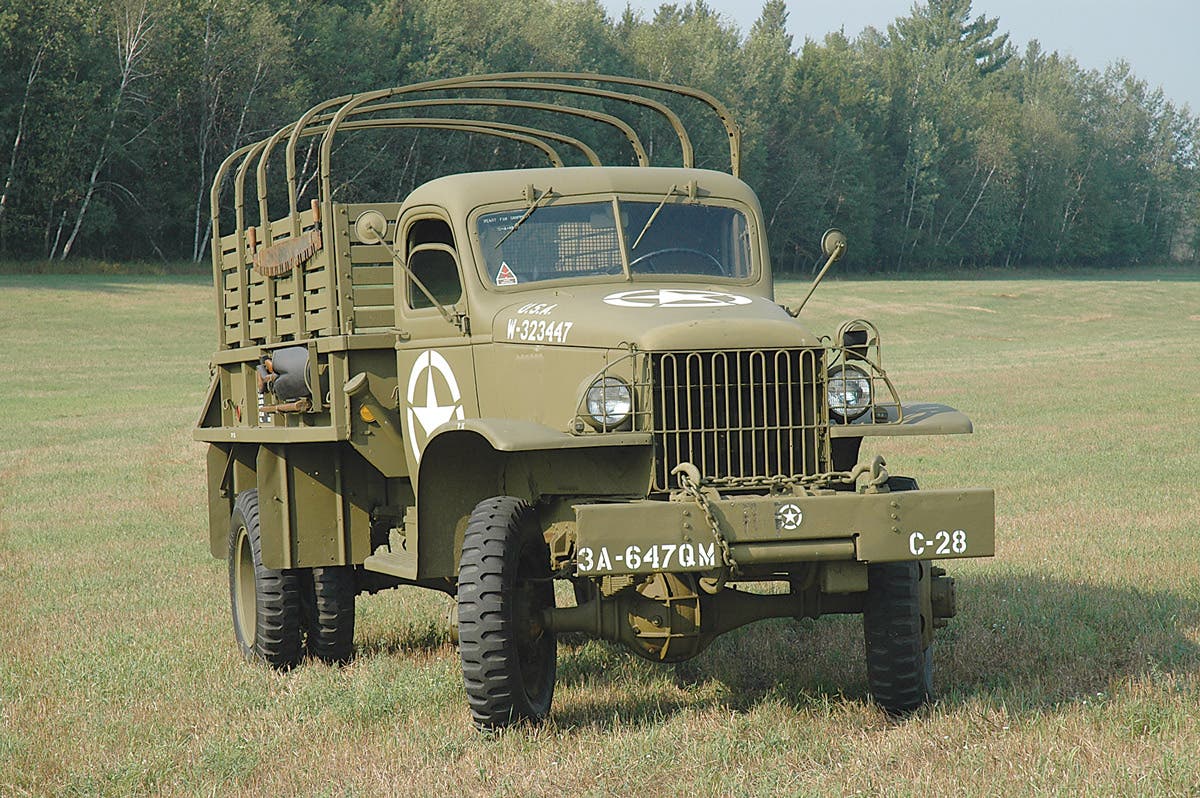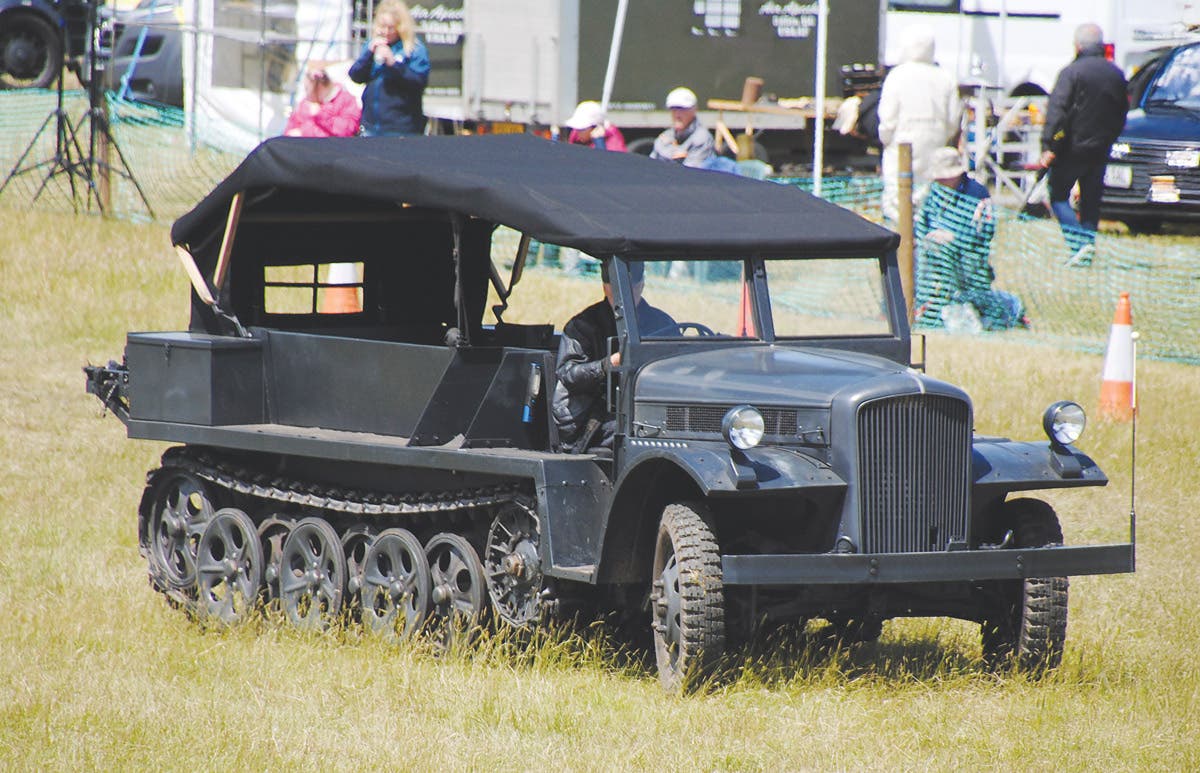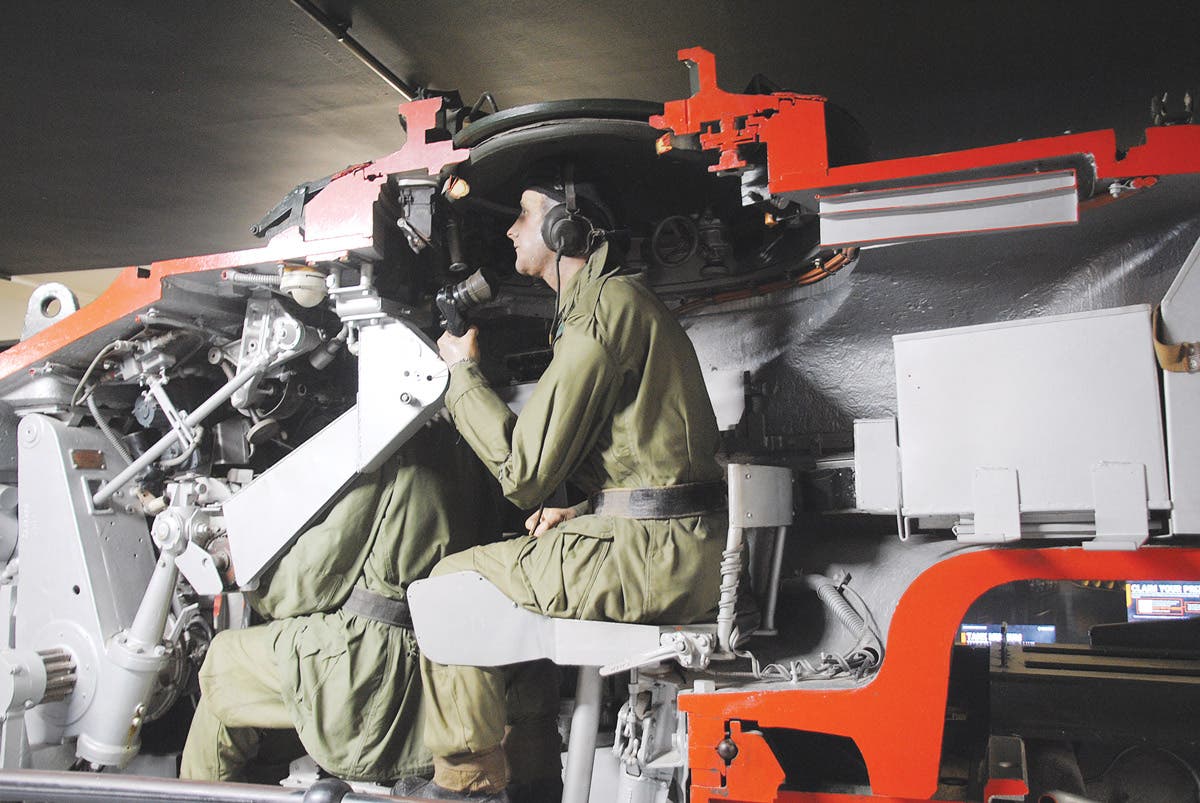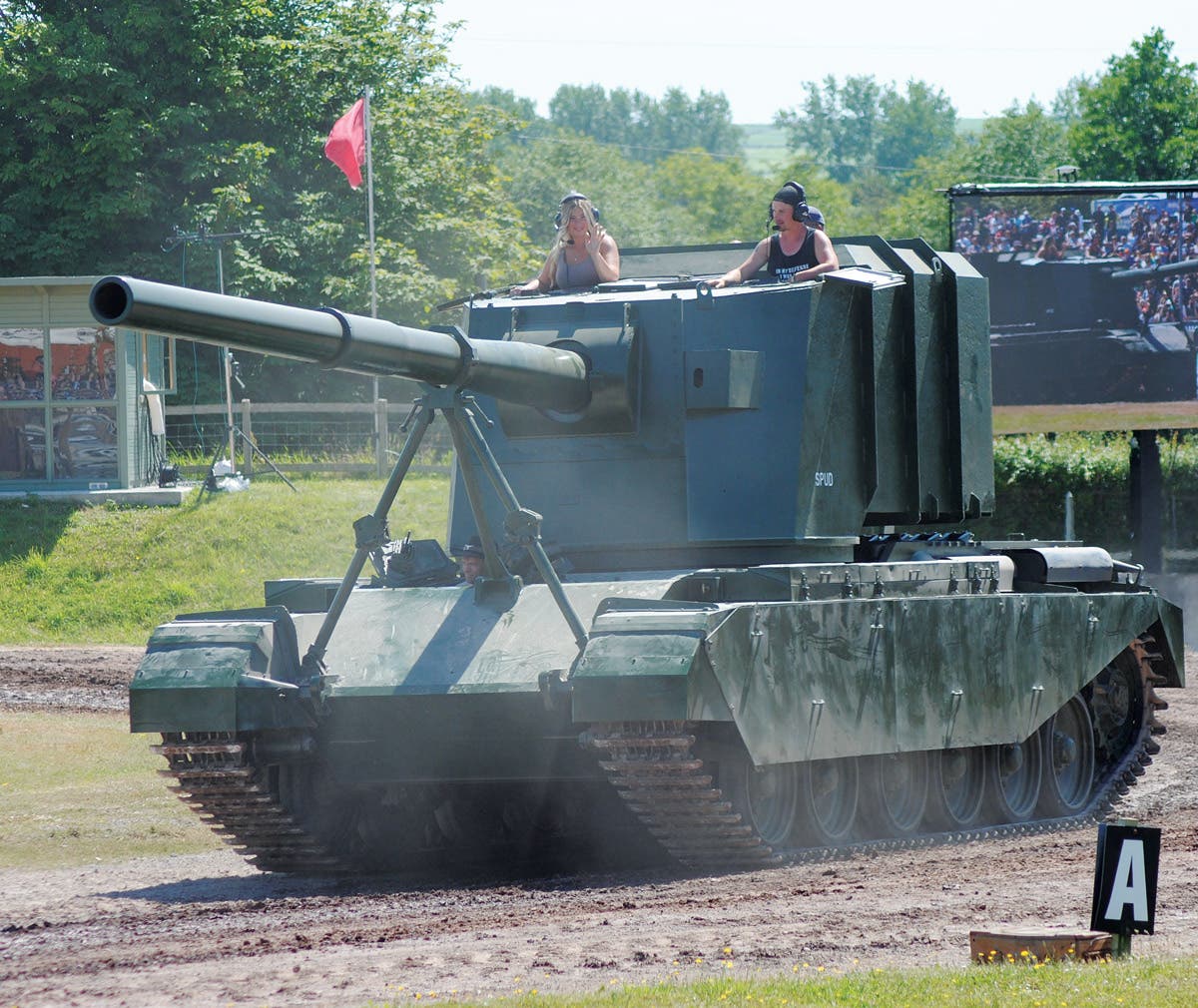The M125: Ten Tons of Attitude
He had an M123A1C tractor, but now he wanted a 10-ton prime mover
Mark Austin was an active duty soldier in the U.S. Army during 1970-72, serving with a float bridge company of the 502nd Engineers, (7th Brigade, 7th Corps). When he left the Army, he dreamed of owning a 10-ton truck like the ones he drove while in service. It wasn’t until he retired from the State of Wisconsin, that he made his dream come true.
How my father finally came to own his first truck was through talking to Kevin Kronlund of Spooner, Wisconsin. Kevin said that he sold a M123A1C tractor to a private collector in Minnesota. With number in hand, Mark called the collector and worked out a deal to purchase the mighty 10-ton.
He showed his new purchase at the Iola Military Vehicle Show in Wisconsin the following year. But, the bug had bitten. Mark knew he wasn’t done with this series of truck. He wanted to find the “other” ten-ton that went with this M123A1C.
ARMY TEN TONS
There were only two styles of 10-ton trucks supplied to the U.S. Army in the early 1970s when Mark was serving. The two trucks were supposed to be produced in five different configurations: The M121 short wheelbase chassis; M122 dump body version; M123 tractor; M124 long wheelbase chassis and the M125 artillery prime mover. In the end, however, there were only two: The tractor and the prime mover. Mark had his M123A1C, but now he was on the hunt for the M125 artillery prime mover.
The M125 was the Army’s grandiose tactical vehicle unfolding in the late 1940s to the early 1950s. The 10-ton series became a priority during the Korean War. Army planners had a whole vision of these trucks. During 1953 to 1955 ,the 10-ton came to life as Mack became the builder of these giant workhorses. Mack built 313 of the M125s in 1957, followed by 239 in 1958.
The M125 cab is the same style as on the 5-ton and deuce-and-a-half trucks. The M125’s payload is 35,000lbs. The LeRoi engine is rated at 297 horsepower at 2,600rpm. Torque was set at 725 ft-lbs. The clutch was a dry double disk.
The fuel capacity for the M125 was 166 gallons, with consumption rated at 3 miles per gallon. Top cruising speed for the M125 was 43 mph. It required a turning radius of 36 feet.
The crew of this M125 was made up of two in front driving and 8 artillerymen in the back. The combat weight of the truck was 67,500lbs.
ANOTHER RESTORATION
Mark had his M123A1C, but now he was on the hunt for the M125 artillery prime mover. At that first show in Iola, Mark made a few new contacts great people who helped him in his search for this M125. At first, Mark didn’t realize what a crew of contacts he had assembled!
One of those contacts was Robert Anderson. When Mark spoke to Robert about his M123, Robert admitted he owned an M125, but it wasn’t for sale.
After a couple of years, Mark contacted Mr. Anderson again about his M125. Anderson wasn’t too excited about getting rid of M125, but they talked some more when the idea came to them about trading. One thing led to another, and the deal was complete. Mark traded a piece of military equipment for the M125.
So after the trading, Mark hauled the M125 home. It needed a lot of work before it would be ready to show. The journey to bring this M125 back to life had just begun.
When Mark got the truck back home, he realized that he had a big issue on his hands.
Mark’s garage was too small for the M125. So, he took a few months to getting the garage ready for this truck. He had to take out walls and reorganize his shop. After a lot of hard work, the garage was ready for the M125 restoration to begin.
Once in the garage, it didn’t take long to discover the M125 had some issues. The motor needed work, and the paint on the truck was really bad. In addition, the cargo box was missing some key parts. The wood was all rotten, probably from leaves that had gathered in the box and retained moisture.
Over the next couple of months, Mark took apart the M125. It was time to call in reinforcements, though. I came over in February to start helping my father with this project, doing much of the sand blasting on the massive 10-ton. There were so many pieces that needed to be blasted and painted!
A young enthusiast from our church, Brad Nitzke (see “Young Blood” in MVM, no. 157, December 2012 for Brad’s story) came over to help my father with many other details with the M125. Tom and Chris Feltz were also involved in the project. Chris did the bodywork on the truck, while Tom did the priming and painting of the truck.
A total of four coats of paint went on the M125. After the painting of the truck, Mark ordered the decals from Rick Larsen. After talking to Rick on the phone, Rick decided to donate part of the cost. The late Kevin Kronlund, who started this whole project, was Rick’s friend and loyal customer.
READY TO ROLL
The M125 was completed two weeks before the 2012 Iola Military Show. Mark pushed this project ahead because he really wanted to display the M123A1C and M125 together. After all, there just weren’t that many of the cargo trucks made—only 552.
There was another reason Mark wanted this project finished before the show. This past year, as many know, the military vehicle lost a dear friend—Kevin Kronlund. Kevin had wanted to see this truck restored to its original condition and was very interested in the restoration plans and progress. After all, Kevin had been the first private collector who owned this truck. He was the first to recognize the “10 tons with an attitude!”








